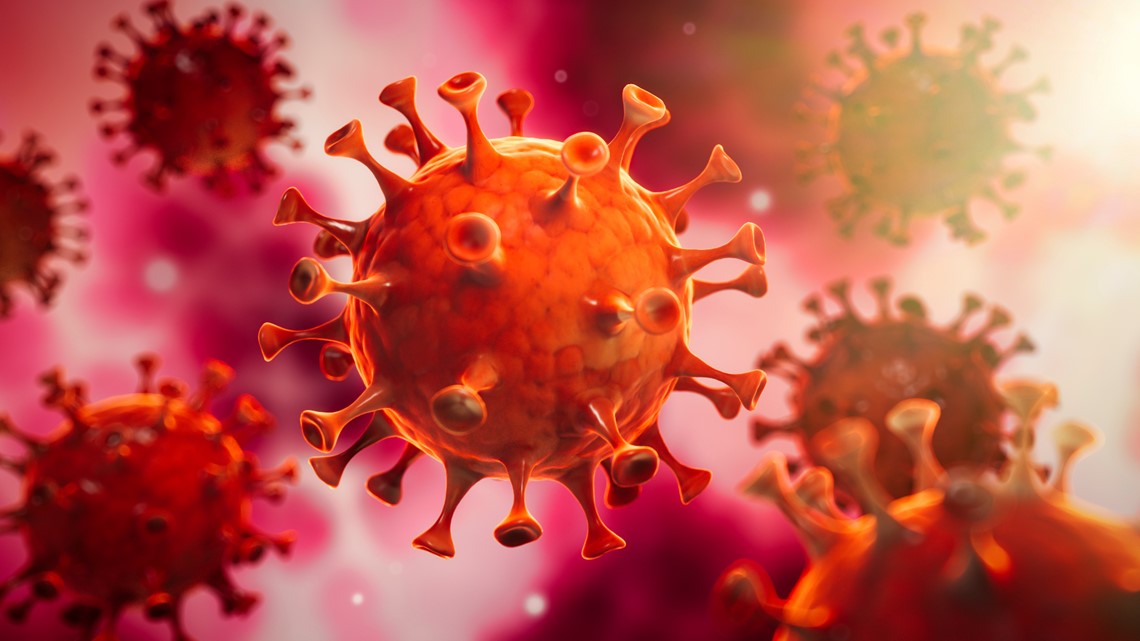A new COVID-19 variant, NB.1.8.1, has been detected in Washington state, raising concerns and prompting questions about its potential impact. Health officials are closely monitoring the situation, and this article provides a comprehensive overview of what you need to know about this emerging variant, potential symptoms in 2025, and the recommended precautions. Staying informed is crucial to protecting yourself and your community.
This article breaks down the key aspects of the NB.1.8.1 variant, including its detection, potential symptoms, and expert recommendations. We’ll delve into what health organizations are saying about the variant’s severity and how current vaccines are expected to perform against it. Understanding these details will empower you to make informed decisions about your health and safety.
New COVID-19 Variant NB.1.8.1 Discovered in Washington State
The Washington Department of Health (DOH) has reported the detection of a new COVID-19 variant, identified as NB.1.8.1, within the state. According to the DOH, 14 sequenced detections of this variant have been identified. The earliest detection dates back to April 7, with the most recent case recorded on May 20. The majority of these detections, specifically thirteen, originated from samples tested by the CDC at Seattle-Tacoma International Airport (SEA Airport). The remaining instance was submitted by the U.S. Air Force School of Aerospace Medicine.
While the presence of the NB.1.8.1 variant has been confirmed in Washington state, authorities have clarified that it remains uncertain whether those tested are residents of the state or individuals who had only spent time in the state after the sample collection. This detail is crucial in understanding the potential spread and impact of the variant within the local population.
World Health Organization’s Classification of NB.1.8.1
The World Health Organization (WHO) has officially classified NB.1.8.1 as a variant under monitoring, citing its increasing prevalence in regions where it has been identified. Despite this classification, the WHO has assessed the public health risk posed by the variant as low. This assessment suggests that, based on current data, the variant does not pose a significant threat to global health.
The WHO’s monitoring of NB.1.8.1 reflects the ongoing efforts to track and understand emerging variants of COVID-19. By closely observing the variant’s behavior and spread, health organizations can better assess its potential impact and implement appropriate public health measures.
Severity of Disease and Vaccine Effectiveness
According to data released by the WHO, there is no indication that the NB.1.8.1 variant causes more severe disease compared to its predecessors. This is a positive sign, suggesting that the variant does not represent an increased risk of hospitalization or mortality. Furthermore, health officials express confidence that current vaccine formulations will continue to provide protection against symptomatic and severe disease caused by NB.1.8.1.
The expectation that current vaccines remain effective against NB.1.8.1 is crucial for maintaining public health and preventing a surge in severe cases. It reinforces the importance of staying up-to-date with COVID-19 vaccinations, as recommended by health authorities.
Washington DOH Urges Continued Vaccination
The Washington DOH is actively encouraging all eligible residents to remain current with their COVID-19 vaccinations. This recommendation aligns with the broader public health strategy of maintaining high levels of immunity within the population to mitigate the impact of emerging variants. Staying up-to-date with vaccinations is a proactive measure that can help protect individuals and communities from the potential effects of NB.1.8.1 and other variants.
The DOH’s emphasis on vaccination underscores the continued importance of this preventive measure in the ongoing fight against COVID-19. By increasing vaccination rates, the state aims to minimize the spread of the virus and reduce the risk of severe illness.
Potential COVID-19 Symptoms in 2025
While specific data on the symptoms of the NB.1.8.1 variant in 2025 may not be available, it’s reasonable to expect that the symptoms will be similar to those associated with other COVID-19 variants. These may include fever, cough, sore throat, fatigue, muscle aches, headache, and loss of taste or smell. However, it’s essential to stay informed about the latest information from health authorities as the situation evolves.
Given that the virus continues to evolve, monitoring any new or unusual symptoms is crucial. If you experience any concerning symptoms, it’s recommended to consult with a healthcare professional for guidance and testing.
Preventive Measures
To protect yourself and others from COVID-19, including the NB.1.8.1 variant, it’s important to continue practicing preventive measures such as frequent handwashing, wearing a mask in crowded indoor settings, and maintaining physical distancing. These measures can help reduce the risk of transmission and protect vulnerable individuals.
Additionally, staying informed about the latest recommendations from health authorities and following their guidance is essential. This includes staying up-to-date with vaccinations and booster doses, as well as being aware of any local outbreaks or changes in public health guidelines.
Staying Informed and Prepared
The detection of the NB.1.8.1 variant in Washington state highlights the ongoing need for vigilance and proactive measures in the fight against COVID-19. While the WHO has assessed the public health risk as low and current vaccines are expected to remain effective, staying informed and following public health recommendations is crucial.
By staying up-to-date with vaccinations, practicing preventive measures, and monitoring for any concerning symptoms, you can help protect yourself and your community from the potential impacts of the NB.1.8.1 variant and other emerging threats. Continued vigilance and a commitment to public health best practices are essential for navigating the evolving landscape of the pandemic.

Leave a Reply